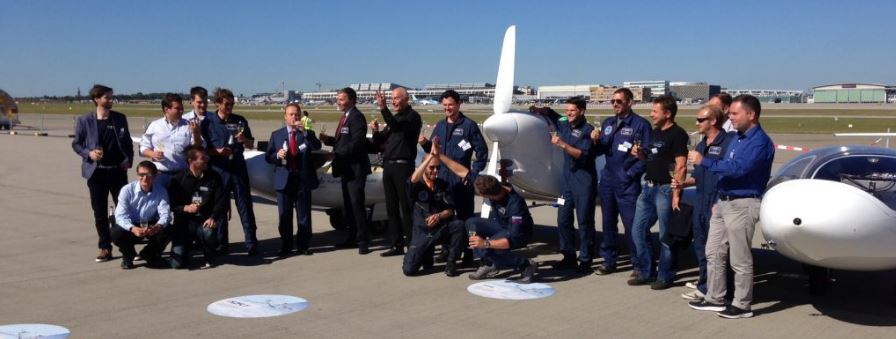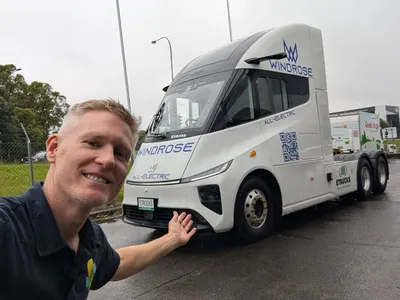1,500km ZERO EMISSION Flight becomes a reality – HY4
11/01/2017

What an exciting time it is for the emission-free transport sector, on the ground, in the water and now in the air.
Even ZERO EMISSION big rig trucks are on the horizon.
Last year we published an article on the first commercially available electric plane designed for flight training.
The Pipistel Electrowhich uses a lithium battery which can be swapped out in a couple of minutes or recharged in 1-2 hours, and provides around 1 hour of flight time with a 30 minutes reserve.
It is specifically designed for flight training, but has a limited range of ~150km, read more about it here.
Emission-free flight has just taken an even bigger step forward – care of hydrogen.
Thumbs up to the 1,500 km range – HY4
In September 2016, the HY4 aircraft took off on its first official flight from Stuttgart Airport.
The HY4 is the world’s first four-seat passenger aircraft powered by a hydrogen fuel cell system.
The HY4 fuel cell aircraft is a European collaboration of DLR Institute of Engineering Thermodynamics together with partners Hydrogenics, Pipistrel, H2FLY, the University of Ulm and Stuttgart Airport.

The power train consists of two 6,300 PSI hydrogen storage tanks, four fuel hydrogen cell and a lithium battery.
The fuel cells convert hydrogen directly into electrical energy, the only waste product from this process is water.
A high-performance lithium battery covers peak power loads during take-off.
The HY4 can fly without generating any emissions at all if the hydrogen is formed using electrolysis of water and renewable electricity from wind, hydro and solar. Bingo.
The Specs
The HY4 has a peak motor output of 80 kilowatts, a maximum speed of approximately 200 km/hr and a cruising speed of 145 km/hr .
It is powered by four fuel cells, outputting 45 kw and a 21 kWh lithium polymer battery outputting 45 kilowatt.
The HY4 can achieve a range of up to 1500 kilometres.
The unique feature of the HY4 are the twin fuselages, each with space for two passengers.
The maximum weight of the aircraft is 1500 kilograms, made up of 130 kg for the lithium battery, and two hydrogen tanks each weighing 170 kg, storing 9 kg of hydrogen each.
H2FLY are working on a commercial passenger aircraft, taking up to 19 passengers which could soon be used in regional transport which will offer a flexible and rapid alternative to existing means of transport.
The first to offer regional and EMISSION-FREE flight in Aotearoa could be onto a good thing!
More details at the HY4 website if you’re interested in this amazing aerospace-tech.
Or if you’re looking for a electric vehicle more suitable for terra ferma or the family starting from $15,000, try the leading Electric Vehicle Buyers Guide.







